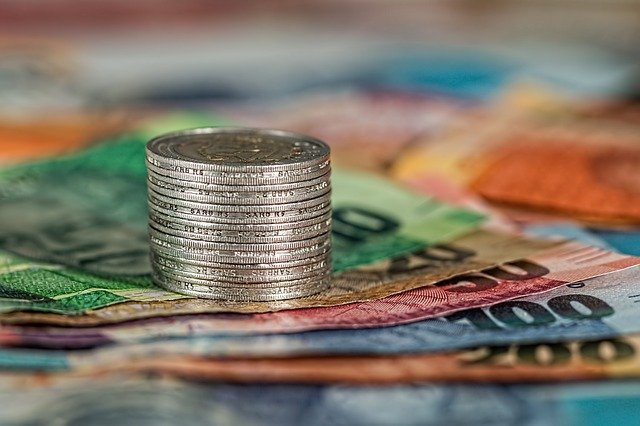Commodity money– this is trade without the use of money (currency). Commodity trading can include the exchange of goods or services. A perfect example can be seen in different villages, where people exchange household items (milk, eggs, fruits, vegetables)…).

Banknotes and coins– Surely you all know classic banknotes and coins, but you no longer know for what purpose they were created. People were the first to mint mostly bronze or silver coins. Still no problem, but for large purchases (for example, land or cattle), dragging an entire bag of coins was not really ideal. As a result, the first paper banknotes began to appear. Their biggest advantage was mainly storage and handling.
Bank Money– now 21. For centuries, this is probably the most modern way to keep money safe and keep track of them all the time. This is not real material money, but fictitious. In your bank account, if necessary, you can track the number that informs you of your money, but if necessary, picking up the money in the bank is no problem.
Function of money– Without money, it is impossible to imagine a society with an advanced economy. After all, thanks to them, we can quantify the value of absolutely anything you can think of. From material things such as clothes, cars and houses, to the assessment of human work, to human life itself. Nevertheless, many people do not store their wealth in the form of money, but, for example, in real estate, tangible things, gold bars or cryptocurrencies. We can\’t say directly what the best option is, but in some real estate and cryptocurrencies, their value is rising or falling rapidly, and it is our vision to increase profits and wealth and seek the preservation of this precarious money, while others draw a big arc to avoid it.
.